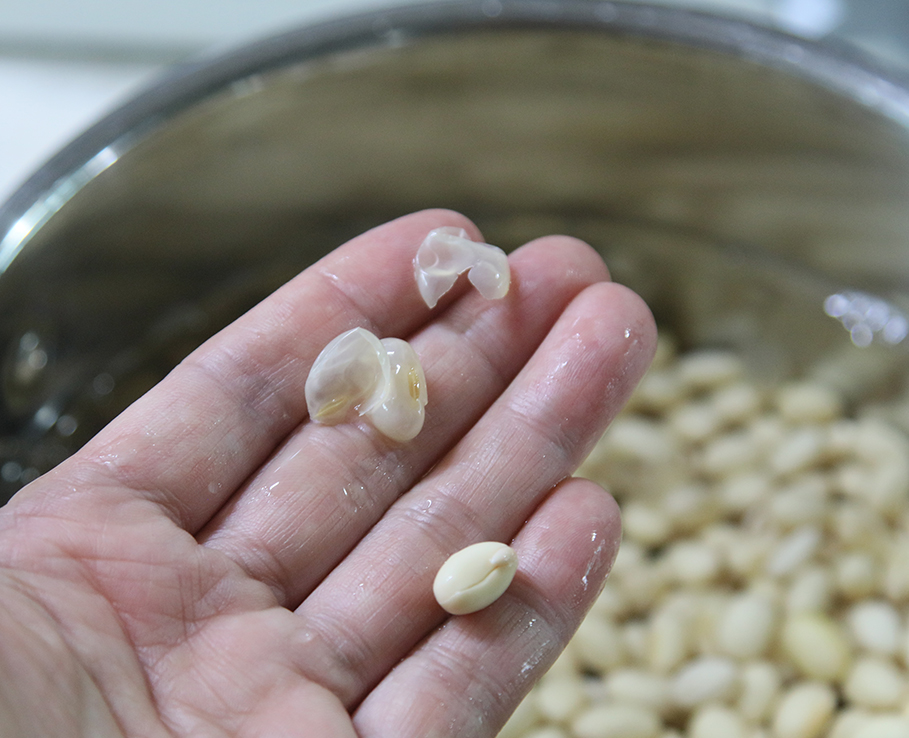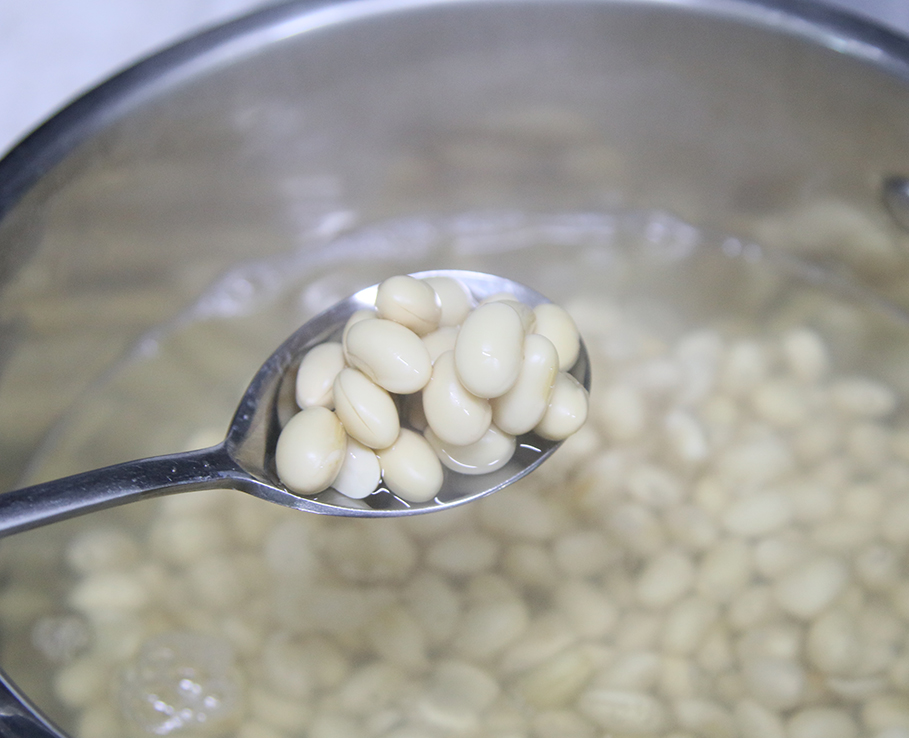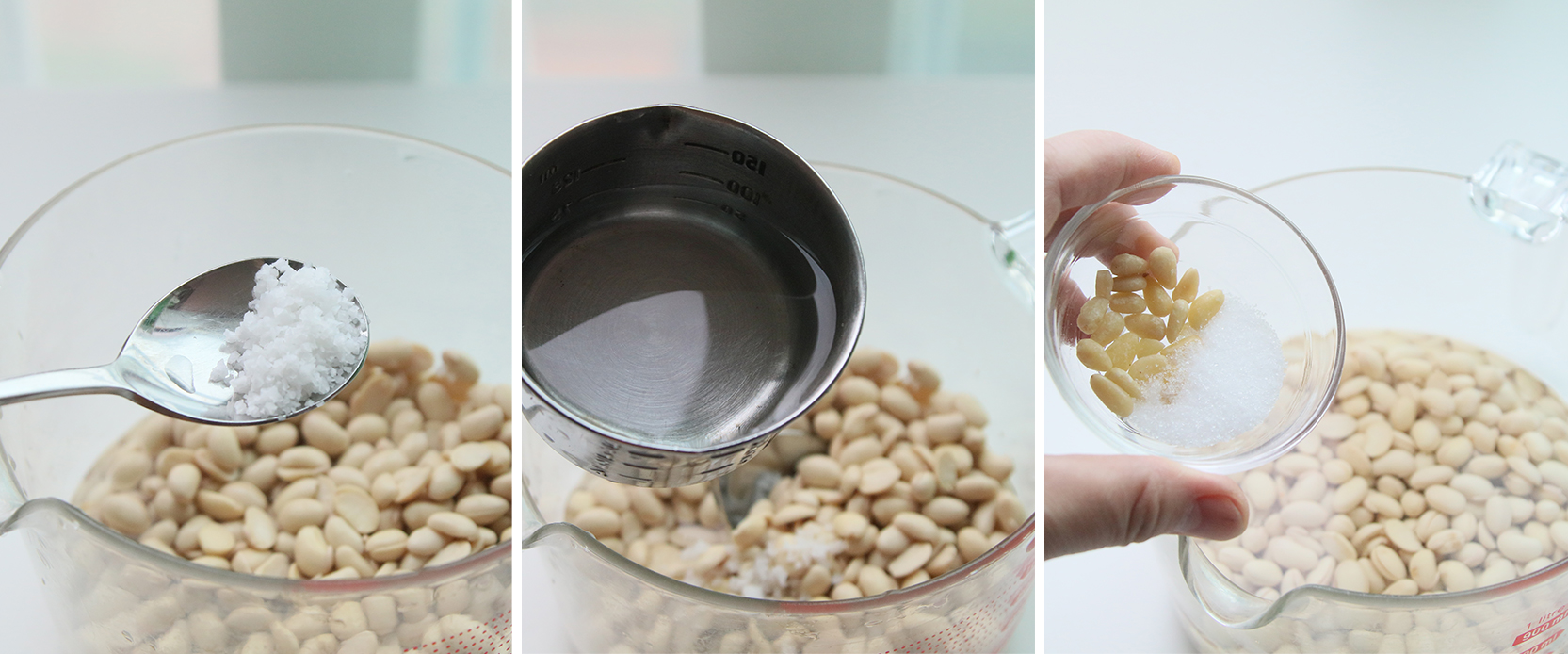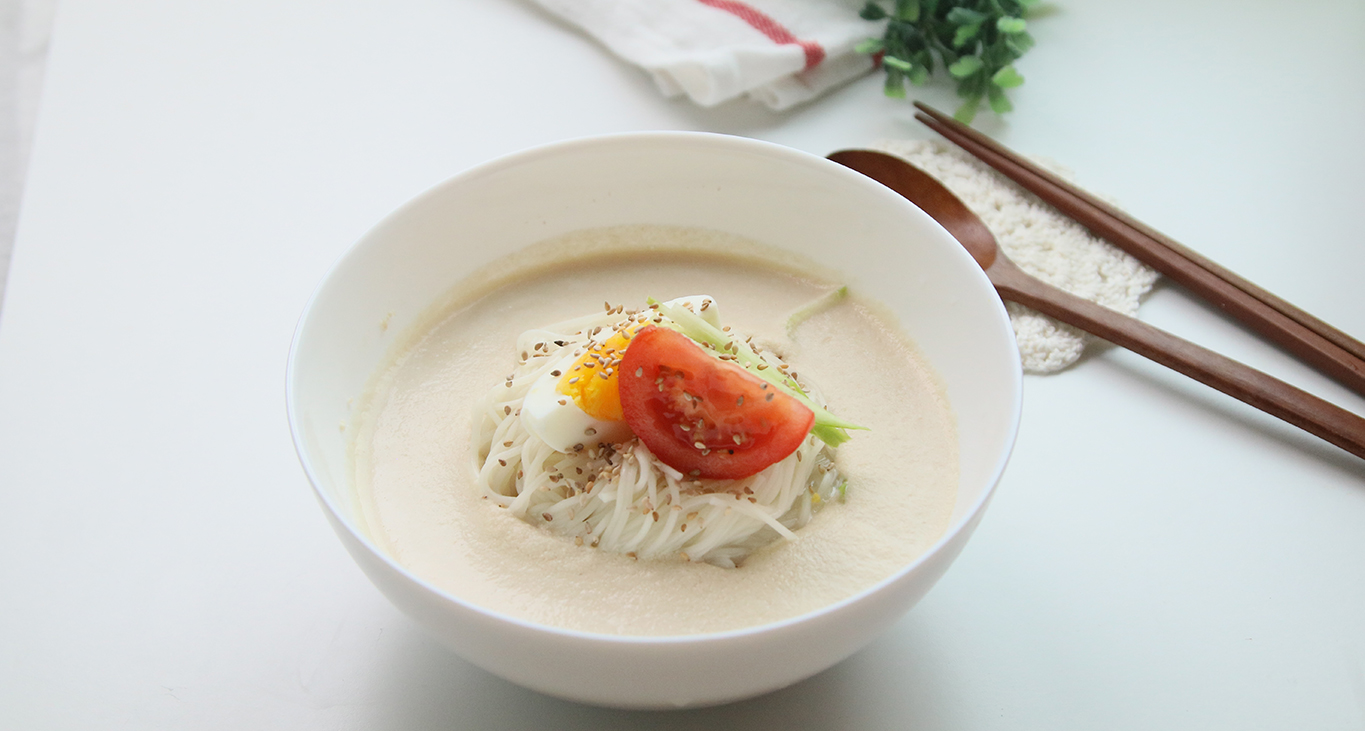July 2021

July 2021
Noodles have long been a significant part of the Korean diet. As with most foods, their popularity, importance and even ingredients have changed with the times. Noodles served in bean broth have been consistently available and remain a savvy option for healthy dining. This article delves into a summertime meal with a silky texture unlike any other noodle dish you may have tried.
Written by
Tim Alper,
contributing writer
Photo courtesy of
mincux instagram
 © imagetoday
© imagetoday
July is one of the hottest months of the year, but also arguably the best time to sample Korea’s leading wheat-based noodle dishes.
Noodles have long been a small but significant part of the Korean diet. When wheat was harder to obtain, other crops or starchy vegetables from buckwheat to sweet potatoes were also turned into flour. Cooks mixed such flour with water and formed dough. The dough was later cut into sheets before slicing them into string-like noodles to boil in broth.
Before globalization, wheat flour was a luxury. Rice was the main staple eaten by most families at every meal. Today, the Korean countryside has rice paddies aplenty but relatively few wheat fields. Thus wheat flour became commonplace in the Korean pantry in the 20th century, especially after the 1940s when noodle dishes started gaining widespread popularity.
Though most consider kongguksu, perhaps Korea’s quintessential summer noodle dish, a relatively modern innovation, a dive into historical records shows that this is not the case. Koreans have been eating it for centuries.
In the late 1910s, a cookbook was discovered that was by an unknown author believed to have been from the upper class. The Siuijeonseo, as the book is called, is an invaluable resource for curious foodies. As well as containing the first known reference to popular dishes like bibimbap, the book also contains recipes for kongguksu and its culinary cousin kaeguksu.

 Beans comprise the main flavor of the noodles’ broth. © gettyimageskorea
Beans comprise the main flavor of the noodles’ broth. © gettyimageskorea
Those unfamiliar with Korean food might be forgiven for thinking that kongguksu is a type of cream pasta or that it was made using milk because of its white color. But like so many traditional Korean dishes, this preparation is completely vegan.
The term kong in kongguksu means beans, specifically soybeans. Soy is one of the most important ingredients in Korean cooking. Koreans do just about everything imaginable to soybean like fermentation, turning it into tofu, eating its sprouts and making kongguksu broth.
Siuijeonseo describes the process this way. “Soak the soybeans in water, then lightly blanch them. Filter the beans through a fine sieve and season with salt.” This method remains how kongguksu is made today, with most soaking the beans overnight and removing the skin in the morning. Modern cooks can use a hand blender to grind the beans, and commercially produced kongguksu broth is also available.
To finish the dish, cooks typically boil noodles before washing them with cold water and adding the broth. The dish is served chilled, often with ice cubes in the bowl, to ensure that it stays cool and refreshing right down to the last mouthful.

While the signature dish seems
modern, records show that it has satiated
Koreans for a long time.
Kongguksu is one of the best summer treats in nutritional value. Apart from wheat and soybeans, no other ingredients are needed except perhaps sesame seeds as a garnish. The protein-rich soy contains all nine essential amino acids that the human body cannot produce on its own. Soybeans are high in both iron and calcium, which are vital for people on low- or no-meat diets, and contain a plethora of healthy minerals such as manganese, phosphorous, zinc and magnesium.
Koreans value protein highly in summer. The traditional belief is that humid and sticky summer days sap the body of energy, often leaving people feeling lethargic and spoiling appetite. Thus Koreans think they need to stock up on protein however possible.
And this is where kongguksu shows its strength. Wheat has high protein content of up to 15%, while that of steamed white rice, a fixture at Korean restaurants and on dining tables, is just over 2%.
Kongguksu is also great when feeling dehydrated, which is common during the humid Korean summer.
 The bean broth is often topped with ice to satisfy summer palettes with a dose of coolness.
The bean broth is often topped with ice to satisfy summer palettes with a dose of coolness.
Because of its appeal during hot weather, kongguksu is often available in summer, especially at restaurants specializing in soy dishes, but not so much during other seasons. The walls of almost any restaurant June to August will usually have a handwritten note advertising the temporary availability of kongguksu, even at eateries specializing in foreign cuisine.
Perhaps because of its popularity at a certain period on the culinary calendar, kongguksu never fails to captivate both domestic and foreign foodies over the few weeks when it is available. On a hot day in Korea, the dish is easy to find and rarely disappoints.